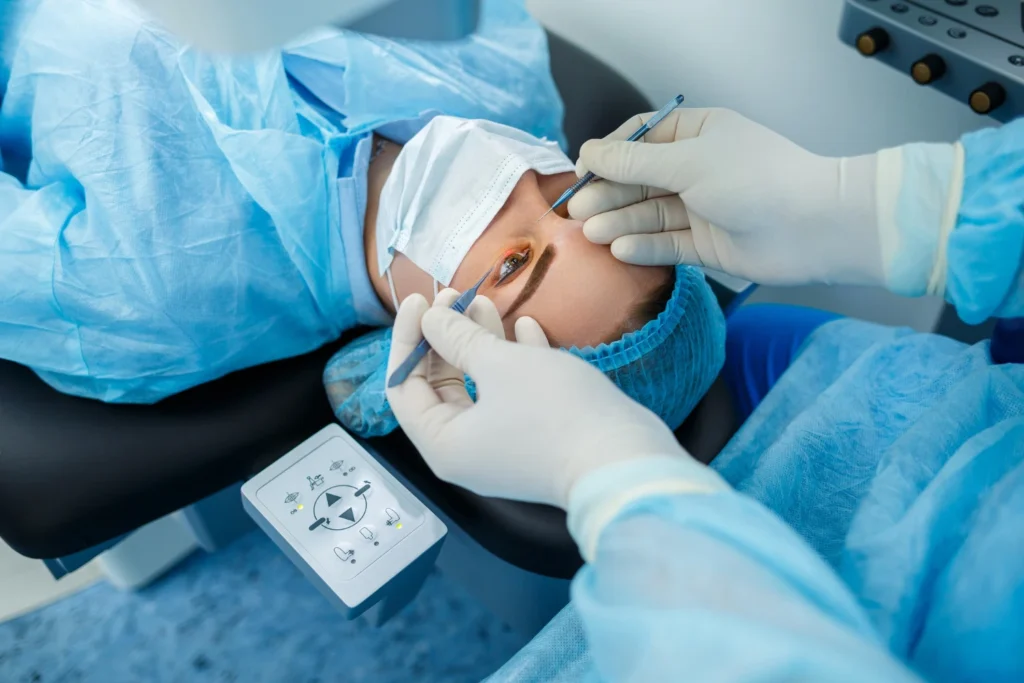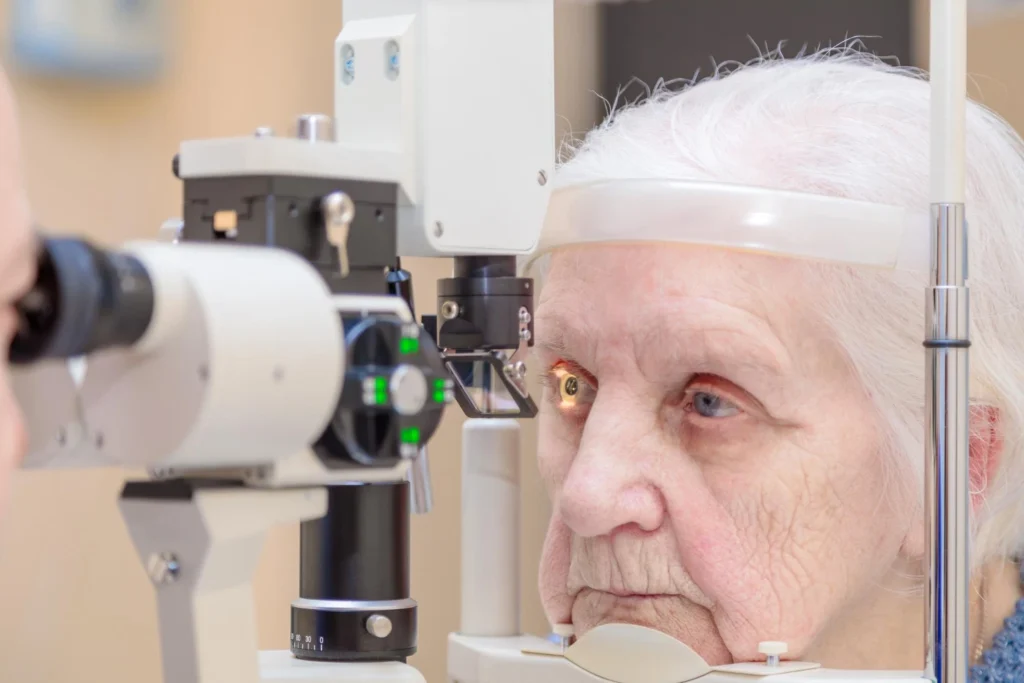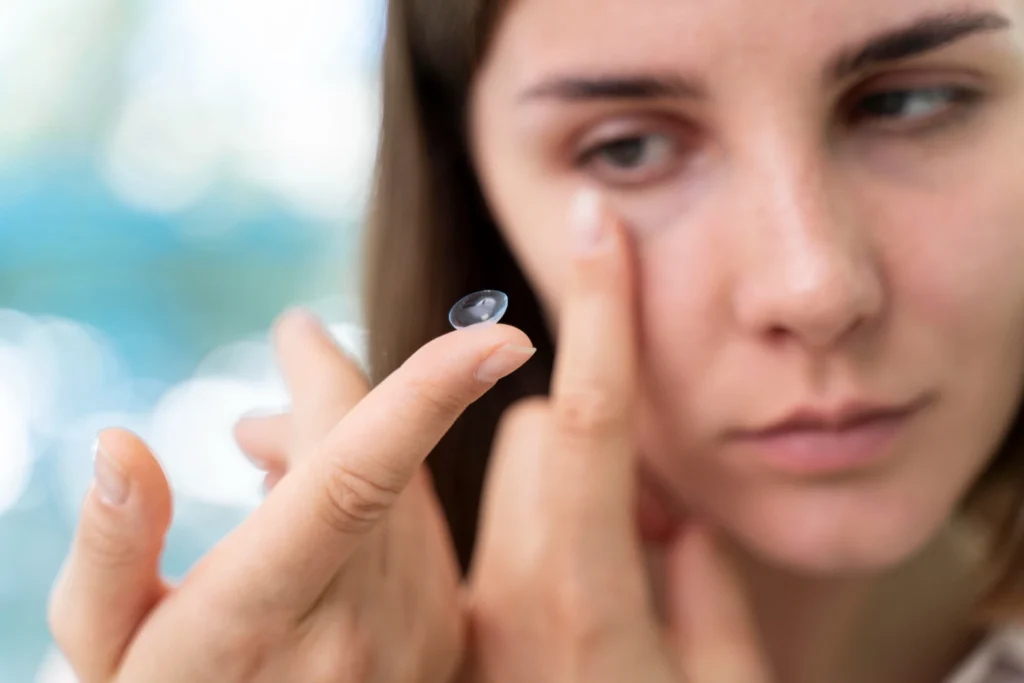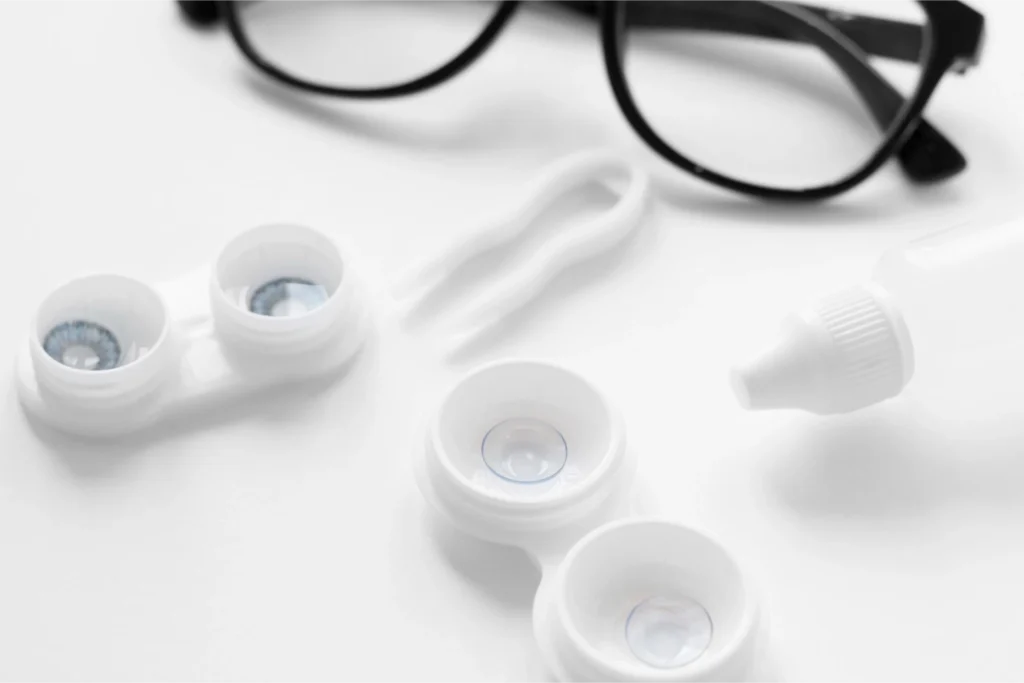Cataracts are a prevalent eye condition characterized by the clouding of the eye’s lens, leading to impaired vision. This condition is especially common among older adults. However, advancements in modern medicine offer several effective treatments for cataracts, enabling individuals to regain clear vision and improve their quality of life.
In this blog post, we will explore the cutting-edge methods for effectively handling cataracts, with a special focus on the collaborative efforts involved in cataract surgery co-management.
Let’s uncover the latest trends and strategies in the field of cataract management.
What Are Cataracts?
To grasp the available treatments, it’s crucial to understand cataracts and their impact on vision. The eye’s lens is typically clear, allowing light to pass through and focus on the retina, which then transmits visual signals to the brain. A cataract forms when proteins in the lens clump together, creating a cloudy area that obstructs vision. This condition can cause blurred vision, difficulties with night vision, and a need for brighter light during activities such as reading.
Symptoms of Cataracts
Common symptoms associated with cataracts include:
- Blurred or cloudy vision
- Colors appearing faded
- Difficulty seeing at night
- Halos around lights
- Frequent changes in eyeglass or contact lens prescriptions
- Double vision in one eye
Traditional Treatment: Cataract Surgery
The primary and most effective treatment for cataracts is surgery. Traditional cataract surgery involves removing the cloudy lens and replacing it with an artificial intraocular lens (IOL). This outpatient procedure allows patients to return home on the same day.

Phacoemulsification
This widely used technique involves making a small incision in the eye, using an ultrasound device to break up the cloudy lens into tiny pieces, and then suctioning out these pieces before inserting the artificial lens. This method is favored due to its smaller incision size, leading to quicker healing and fewer complications.
Extracapsular Cataract Extraction (ECCE)
Used for denser cataracts that cannot be broken up by ultrasound, this technique involves a larger incision to remove the cloudy lens in one piece, followed by the placement of the artificial lens. ECCE is less common than phacoemulsification due to its larger incision and longer recovery time.
Latest Advances in Cataract Management
Recent advancements have introduced new techniques and technologies to enhance the precision and outcomes of cataract surgery.
Femtosecond Laser-Assisted Cataract Surgery (FLACS)
Utilizing a femtosecond laser to make precise incisions and soften the cataract before removal, FLACS improves surgical accuracy, leading to better visual outcomes and faster recovery. This technique can also correct astigmatism during the same procedure. To improve your future vision and manage cataracts, it’s advisable to learn more about FLACS.
Advanced Intraocular Lenses (IOLs)
Traditional monofocal IOLs provide clear vision at one distance, usually far. Newer types of IOLs offer vision correction at multiple distances:
- Multifocal IOLs: These lenses have different zones for clear vision at near, intermediate, and far distances, potentially eliminating the need for glasses after surgery.
- Extended Depth of Focus (EDOF) IOLs: Providing a continuous range of vision, these lenses reduce the need for glasses and offer better intermediate vision.
- Toric IOLs: Designed for patients with astigmatism, these lenses correct the cornea’s irregular shape, providing clear vision without additional corrective lenses.
- Minimally Invasive Techniques: Advances in surgical instruments and techniques have made cataract surgery less invasive. Smaller incisions and improved surgical tools result in quicker recovery times and fewer complications.
- Customizable Cataract Surgery: Modern technology enables highly personalized cataract surgery. Advanced imaging techniques allow surgeons to map the eye’s structure and plan the surgery with precision, ensuring optimal visual outcomes tailored to each patient’s unique needs.
Post-Surgery Care
Proper post-surgery care is essential for a smooth recovery and optimal vision. Patients are typically prescribed eye drops to prevent infection and reduce inflammation. Following the surgeon’s instructions, avoiding strenuous activities, and protecting the eye from injury are crucial during the recovery period.
Preventing Cataracts
While certain risk factors for cataracts, such as age and genetics, are unavoidable, there are steps you can take to reduce your risk:
- Routine check-ups can detect cataracts early and monitor their progression.
- Consuming a diet rich in fruits and vegetables, especially those high in antioxidants, supports eye health.
- Wearing sunglasses that block UV rays can protect your eyes from damage that may lead to cataracts.
- Smoking increases the risk of cataracts, so quitting can help reduce this risk.
Finally, cataracts are a common eye condition, but modern techniques and technologies have made treatment highly effective. From traditional surgery to laser-assisted techniques and advanced intraocular lenses, there are numerous options to restore clear vision. Regular eye care and a healthy lifestyle can help prevent cataracts and maintain good eye health. For personalized treatment options, consult an eye care professional.
Managing Cataracts with Expert Care!
Dealing with cataracts? Call us at 281-377-0219 to secure a clearer future! Visit Vision Gallery in Katy and experience the difference expert care can make. Don’t let cataracts cloud your vision—schedule your appointment today and see the world clearly again!






